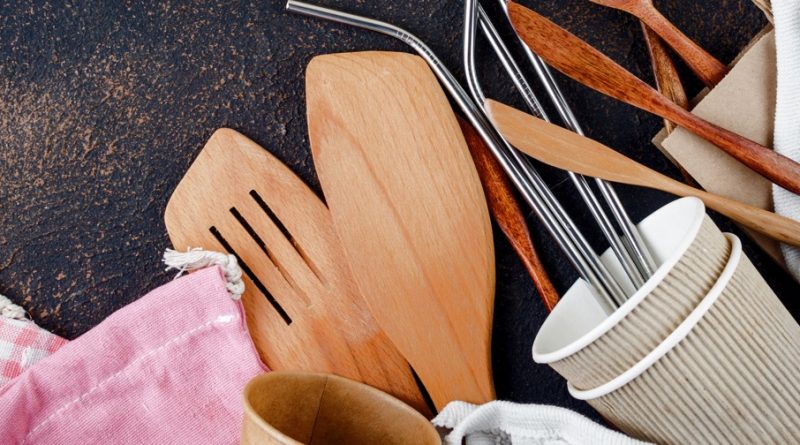The Importance Of Angle Consistency In Zwilling Sharpening
===
Maintaining a sharp knife is essential for effective food preparation, and one of the key factors that influence the sharpness is the consistency of the sharpening angle. In the realm of knife sharpening, particularly with Zwilling knives known for their precision and quality, angle consistency plays a crucial role in ensuring optimal performance. This article delves into the significance of angle consistency in Zwilling sharpening, its benefits, techniques to achieve it, and common pitfalls to avoid.
Understanding the Role of Angle Consistency in Sharpening
Angle consistency refers to the uniformity of the sharpening angle across the entire blade during the sharpening process. For Zwilling knives, which are often manufactured with a specific bevel angle—typically between 15 to 20 degrees—maintaining this angle throughout sharpening is vital for preserving the knife’s intended performance. When the angle is consistent, the edge can effectively slice through various ingredients, enhancing cutting precision and reducing the risk of damaging the blade.
The materials used in Zwilling knives also play a significant role in this context. High-carbon stainless steel, commonly used in their products, is engineered to hold a sharp edge longer than traditional steel. However, if the sharpening angle is inconsistent, even the best materials can underperform. A knife sharpened at varying angles may develop weak points along the edge, leading to quicker dulling and ineffective cutting.
Moreover, angle consistency is not just about the immediate effects on sharpness; it also contributes to the longevity of the knife. A well-maintained edge prevents excessive wear on the blade, reducing the need for frequent sharpening. Thus, understanding and applying the principle of angle consistency is foundational for anyone looking to get the most out of their Zwilling knives.
Benefits of Maintaining a Consistent Sharpening Angle
One of the most significant benefits of maintaining a consistent sharpening angle is enhanced cutting performance. A knife that has been sharpened at the correct angle will glide through food with minimal resistance, resulting in cleaner cuts and improving the overall cooking experience. This is particularly important for professional chefs and culinary enthusiasts who rely on precision in their food preparation.
Additionally, a consistent angle helps in prolonging the lifespan of the knife. By ensuring that the edge remains uniform, users can avoid excessive wear and tear that often leads to the need for frequent sharpening. This not only saves time but also conserves the integrity of the blade, allowing it to maintain its sharpness and functionality over a longer period.
Finally, maintaining a consistent angle contributes to safety in the kitchen. Dull knives can be more dangerous than sharp ones, as they require extra force to cut through food, increasing the likelihood of slips and accidents. A consistently sharpened knife ensures a reliable and safe cutting experience, making it an essential practice for all cooking enthusiasts.
Techniques to Achieve Perfect Angle Consistency
To achieve perfect angle consistency when sharpening Zwilling knives, one of the most effective techniques is to use a sharpening guide or jig. These tools can help set the desired angle and hold the knife steady during the sharpening process. This method is especially beneficial for those who may lack experience in freehand sharpening, as it provides a clear structure to follow.
Another technique involves using a whetstone, which requires an understanding of the right technique to maintain the angle. When using a whetstone, it’s important to use consistent pressure and to keep the blade flat against the stone. Practicing this technique can lead to improved muscle memory, which is crucial for achieving consistent results over time.
Finally, regular practice and familiarization with the knife’s geometry can enhance angle consistency. Spending time sharpening the knife while consciously focusing on the angle can help develop the skills necessary to maintain it naturally. For those who sharpen their knives regularly, this practice can lead to improved efficiency and effectiveness in the kitchen.
Common Mistakes in Angle Consistency and How to Avoid Them
One common mistake in angle consistency is altering the angle during the sharpening process. Many novice sharpeners may start with the correct angle but, due to inexperience or distraction, inadvertently change it while sharpening. To avoid this, it is advisable to practice mindfulness during the process, ensuring that the angle is checked frequently and adjusted as necessary.
Another mistake involves not using the right tools or techniques. For example, using a sharpening tool that is not suited for the specific type of knife can lead to inconsistencies. It is essential to select the appropriate sharpening method, whether it be a guided system, whetstone, or honing rod, that aligns with the geometry of the Zwilling knife. Educating oneself about the right tools can prevent costly errors.
Lastly, neglecting maintenance can also affect angle consistency. A dirty or worn sharpening tool can lead to uneven results. Keeping sharpening equipment clean and in good condition is essential for achieving the best results. Regular maintenance checks can prevent degradation of tools and help ensure consistent sharpening outcomes.
===
In conclusion, angle consistency is a critical element in the sharpening process of Zwilling knives. By understanding its importance, implementing effective techniques, and avoiding common pitfalls, knife owners can enhance their culinary experience. A consistently sharpened knife not only improves cutting performance and safety but also prolongs the lifespan of the blade. Investing time and effort into mastering angle consistency will undoubtedly yield significant benefits in the kitchen.
